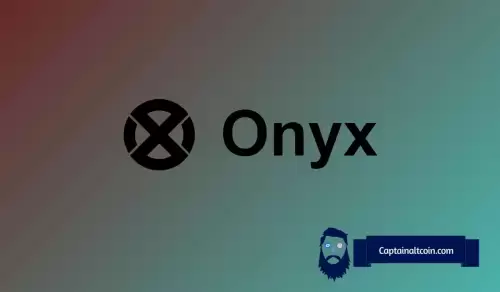 |
|
 |
|
 |
|
 |
|
 |
|
 |
|
 |
|
 |
|
 |
|
 |
|
 |
|
 |
|
 |
|
 |
|
 |
|

In a lively Ethereum Research blog post, co-founder Vitalik Buterin has touched upon the ongoing tradeoffs in scaling Ethereum while keeping it decentralized and broadly accessible.
The Union of Scalability and Decentralization
The suggestion arose from Buterin's observations that while ZK-EVMs and private information retrieval (PIR) could, in theory, enable trustless verification and complete privacy respectively, they still faced critical flaws in practice.
High costs and difficulties in deploying advanced technology presented immediate hurdles, while Buterin expressed concerns that metadata privacy risks could persist even with ZK-EVMs, rendering transactions traceable.
Moreover, he noted that centralized RPC providers could potentially censor users' access to the network, undermining the spirit of decentralization.
Buterin argued that there was still value in continuing to ensure greater ease of running a personal node, serving as a more immediate and decentralized way to interact with the blockchain.
In the short term, Buterin suggested completing EIP-4444, which would decrease node storage demands by limiting historical data retention to 36 days. Older blockchain data could be safely stored on a distributed storage network using erasure coding, reducing reliance on centralized services.
Buterin also suggested recalibrating gas fees to penalize excessive state growth, such as new storage slots or contract deployments, encouraging developers to optimize for efficiency.
For the medium term, stateless verification could be deployed to further reduce storage needs by allowing nodes to validate blocks without needing to store the entire state data.
Buterin's most novel proposal involved introducing "partially stateless nodes," which would only maintain specific portions of Ethereum's state, such as frequently used tokens or active accounts, while rendering most RPC requests locally.
Only for data that the node didn't have saved would it default to using external cryptographic solutions, such as ZK-EVMs for private transactions or PIR for efficient data retrieval.
This balance between local processing and specialized cryptographic solutions aimed to combine the strengths of both approaches, allowing users to customize the saved state segments via onchain contracts according to their priorities.
Buterin envisioned this system enabling users to continue enjoying privacy benefits and reducing their reliance on centralized services, even if Ethereum's gas limit were to grow "10-100x" to accommodate greater throughput.
This vision highlighted the ongoing tension in Ethereum's development between pushing the boundaries of scalability and ensuring that the network remained decentralized, antifargile, and usable by everyday individuals. As Ethereum continues to evolve, Buterin's suggestions offered a glimpse into how this balance could be achieved to forge a more perfect blockchain.
免責聲明:info@kdj.com
所提供的資訊並非交易建議。 kDJ.com對任何基於本文提供的資訊進行的投資不承擔任何責任。加密貨幣波動性較大,建議您充分研究後謹慎投資!
如果您認為本網站使用的內容侵犯了您的版權,請立即聯絡我們(info@kdj.com),我們將及時刪除。
-

-

- Cronos SkyOlocket:解碼CRO的加密速度的原因
- 2025-07-09 01:30:12
- 解開驅動Cronos(CRO)最近的價格上漲的因素,從ETF包含到陳述分形模式以及對投資者的意義。
-

- 以太坊的華爾街Love&Ruvi AI的審計集會:加密雞尾酒
- 2025-07-09 00:55:12
- 華爾街的眼睛以太坊(Ruvi Ai)反映了其早期潛力。在這種加密融合中發現趨勢,見解和可能的命運。
-

-

-

- PI Network的供應激增:價格問題的秘訣?
- 2025-07-09 02:10:13
- PI Network通過其大型令牌供應和預定的解鎖面臨挑戰。需求會跟上嗎,還是價格會遭受損失?讓我們研究細節和潛在影響。
-

-

-





























































